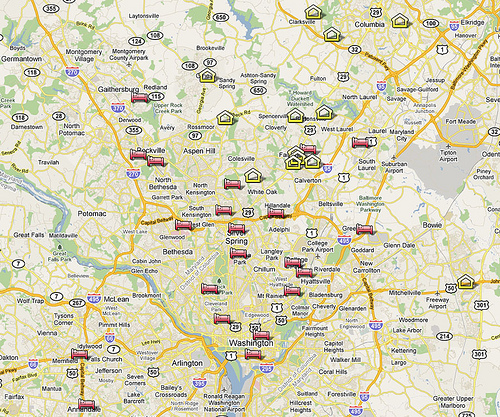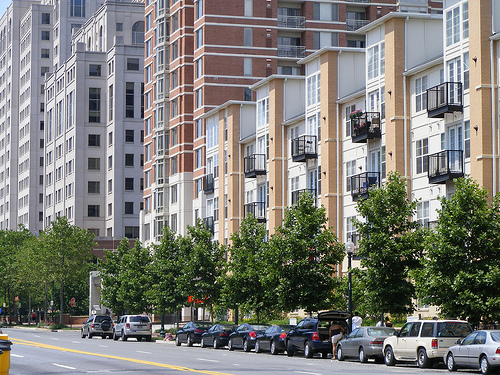Millennials entering the workforce need affordable housing
I am one of the millennials, at 80 million the largest generation in American history. We’re now entering the workforce, and many will stay in or move to the DC area. But few of my generation may choose to live in Montgomery County if we can’t find affordable housing in an urban setting.
It’s no surprise that DC-area housing is scarce and expensive. The popular “Shit People in DC Say” video jokes that all 20-somethings here live in English basements or converted sunrooms renting for $1,400 a month. Meanwhile, recent college graduate and Washington Post columnist Steven Overly has been documenting his struggle to find a place to live.
The issue of housing young adults is especially acute in Montgomery County, which has morphed from “the perfect suburbia” into a regional employment center where millennials can find work. There’s already an acute shortage of affordable housing, particularly around Metro stations, where apartments can command rents 40% higher than those in other areas.
In Montgomery County, there are about 180,000 millennials, making up about 20% of the total population. As planning director Rollin Stanley points out, many of them have gone back to live with their parents. I did after I graduated college, as did most of my friends.

A map of where 35 of my friends and coworkers, all within 3 years of graduating college, were living in 2009. Yellow houses represent people living with their parents, while red beds represent those living on their own.
As the economy improves, we’ll want to move out of the house and out of the suburbs as well. There’s no shortage of articles about how millennials want to live in urban settings. My friends who’ve struck out on their own are trying to get near Metro or their favorite hangouts, both in DC and in suburban downtowns like Silver Spring and Bethesda. But the kind of housing and neighborhoods we want are in short supply here. After all, Montgomery County was and is still seen as a place to raise kids, and its built form represents what people thought was the best way to do so, with big, detached houses and cul-de-sacs.
A recent report (PDF) from economist Stephen Fuller suggests that the county will need as many as 60,000 new homes in the next ten years to accommodate new households. Nearly half of them have to serve households making less than $50,000 a year, while two-thirds will need to be multi-family homes. That’s us: millennials moving out of their parents’ houses, looking for small homes in close-in locations we can afford on entry-level salaries.
Developers are responding to the demand for housing. Both new and old apartment buildings are being repositioned to draw young professionals with high-end amenities, but their high rents price many Millennials out of the market. 20 years ago, my mother rented a one-bedroom in downtown Silver Spring for $685 a month. Today, that same apartment rents for $1,742 a month, but there are now granite countertops and swanky rooftop parties.
If the millennial generation wants to live the urban lifestyle, which can take cars off the road, conserve land and revitalize older neighborhoods, shouldn’t we make it easier and more affordable to do so?

Increasing the supply of housing, like these recently-built apartments in Silver Spring, can help lower prices.
The best way to reduce or even eliminate what Matt Yglesias calls the “Metro premium” is to increase the supply of housing near transit, reducing prices. In the coming years, thousands of new residential units will be built at several of Montgomery County’s 13 Metro stations. Even if 20-somethings aren’t in the market for luxury apartments, they can help satisfy the demand for housing, lowering prices.
Increasing the variety of housing types will help as well. Montgomery County should encourage the creation of accessory dwelling units, also known as granny flats or laneway homes. They’ll provide a new source of low-cost housing while preserving the character of close-in, single-family neighborhoods. In more urban settings like downtown Silver Spring, so-called “micro-lofts” or Single Room Occupancy (SRO) units like the Videre in Seattle provide compact, comfortable accommodations to singles who don’t need and can’t afford a lot of space. And for those ready to buy a home, small-lot houses like these in Portland can give privacy while keeping costs down.
For some Montgomery County residents, the term “affordable housing” conjures up images of crime and blight. But those who need low-cost housing are often your own kids, eager to stay close to the people and places they love. If Montgomery County wants the millennial generation to make their homes here, it needs to become more affordable. After all, one day we’ll want to start families, and if we’re already living here, we’re more likely to stick around.

